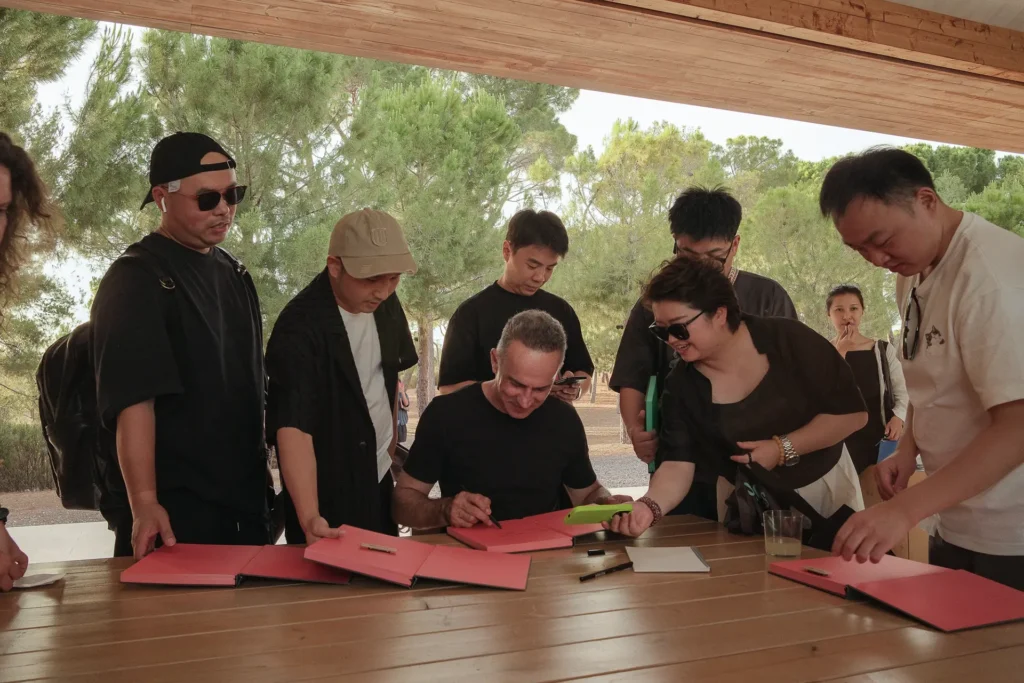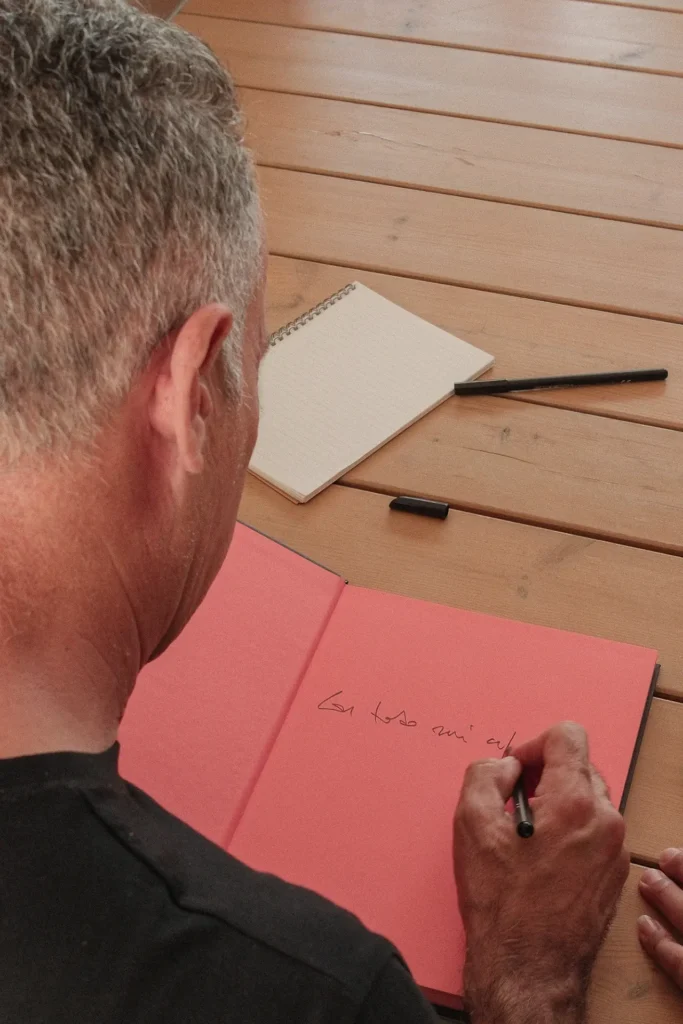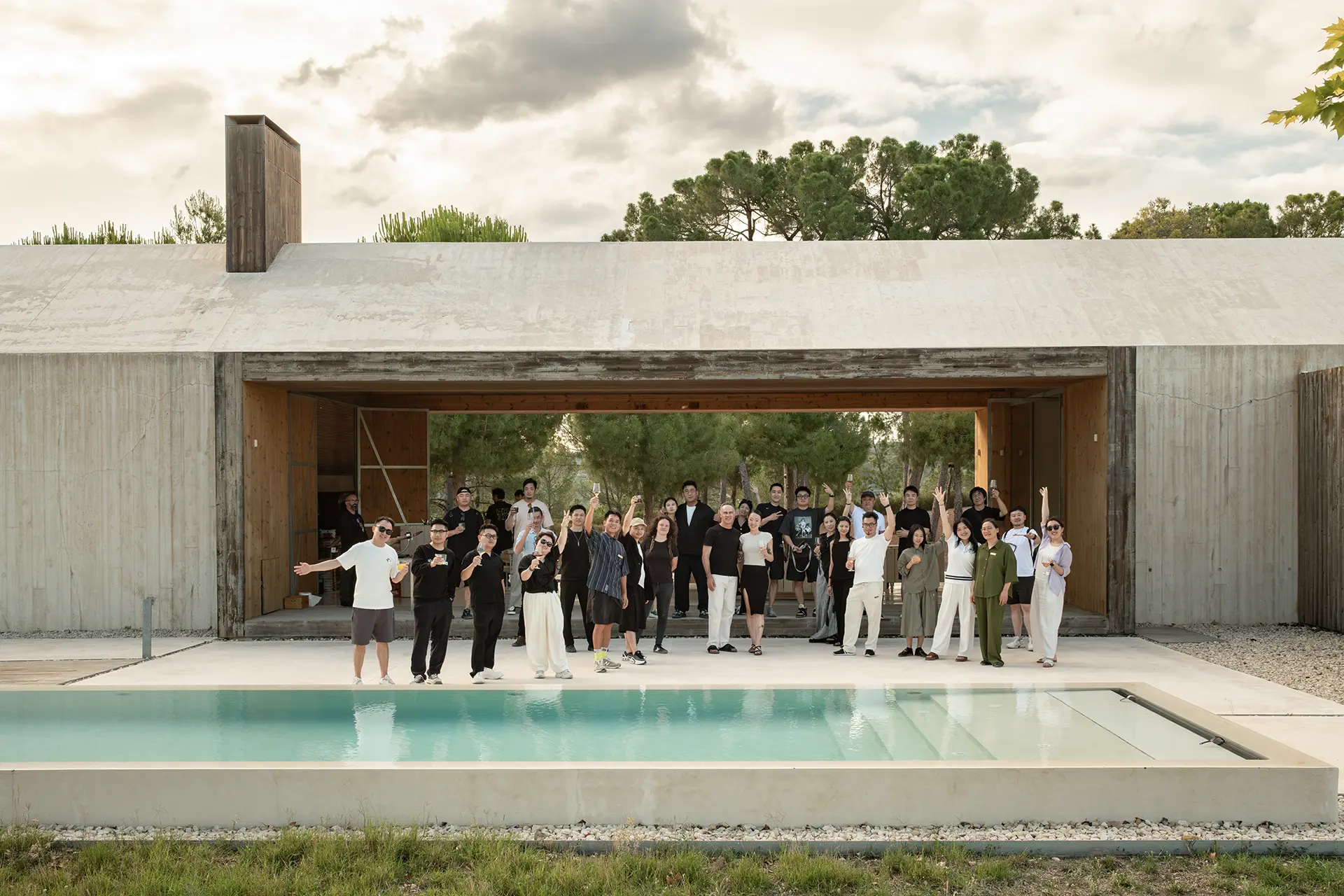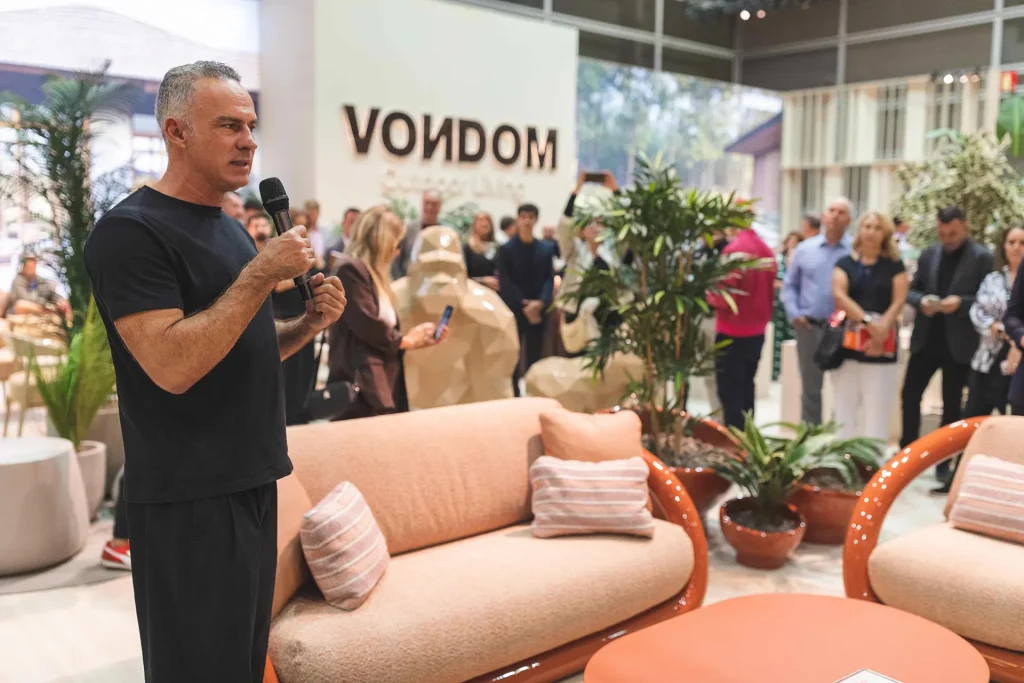Yinjitour brings together prominent professionals from China to explore the rehabilitation of Bombas Gens, the Studio Apartment, and the Cottage in the Vineyard.
A group of renowned architects and designers from various regions of China visited some of the most iconic projects by Ramón Esteve Estudio in Valencia, as part of the international Yinjitour programme, organised by the prestigious platform Yinjispace. The event, held in May, served as a meeting point between contemporary Spanish architecture and the dynamic Chinese creative sector, fostering a cultural and professional exchange around innovation and spatial sensitivity.
The Yinjitour initiative is a proposal by Yinjispace, one of the largest architecture and design platforms in Asia, which organises themed trips for professionals aiming to explore and thoroughly understand the work of leading studios and architects worldwide. On this occasion, the group's interest was focused on Ramón Esteve and his approach to architecture as a holistic experience, where space, light, and material engage in dialogue with the environment.
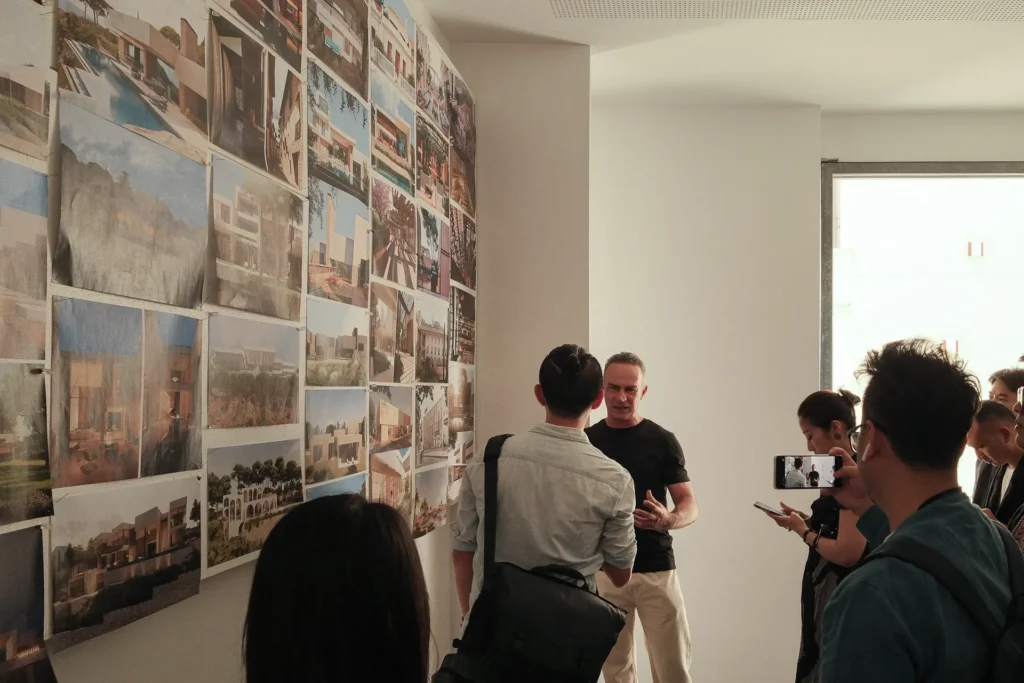
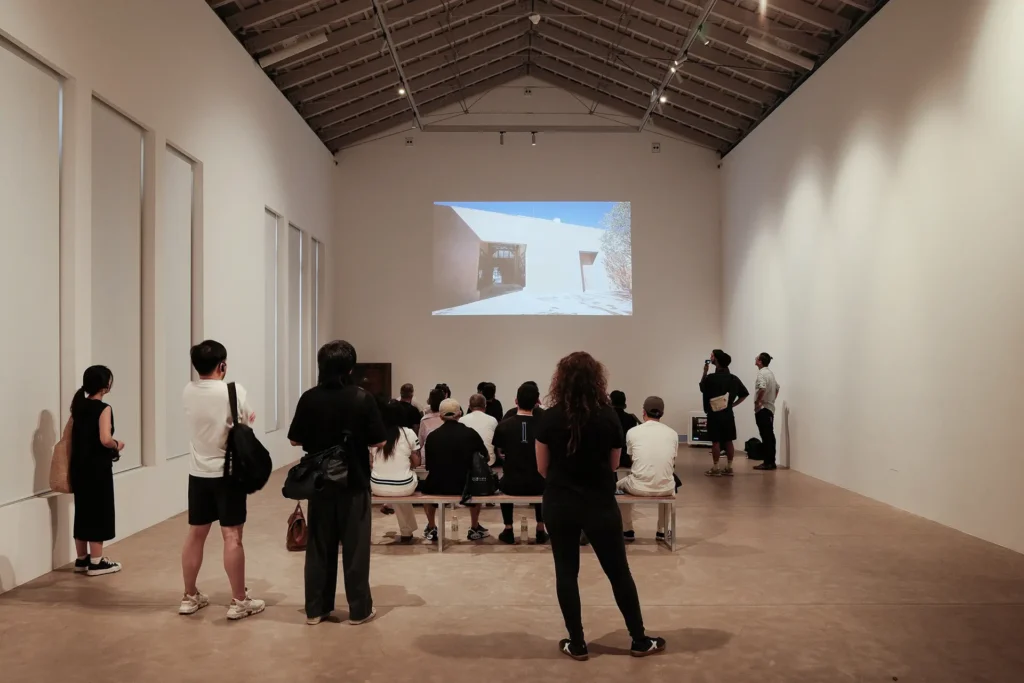
The itinerary began at Bombas Gens, a former industrial complex rehabilitated by the studio to house the headquarters of the Fundació Per Amor a l'Art and its contemporary art centre. Guided by Ramón Esteve and part of his team, the visitors toured the various spaces that comprise the complex, from the exhibition halls to the gardens and technical areas, gaining first-hand insight into the complexity of a rehabilitation process that has successfully combined heritage conservation with the demands of contemporary use. During the visit, emphasis was placed on the integration of original elements and the creation of atmospheres through natural light, one of the studio's distinctive features.
The second stop was the Studio Apartment. There, the architects and designers were able to discover the space where the team carries out its creative work, and how architecture becomes a tool to foster inspiration and collaboration. Throughout a tour of the various settings —including workspaces as well as residential and outdoor areas— topics such as the conceptual process, design management, and the search for a timeless architectural language adapted to the needs of those who inhabit and work in the space were addressed.
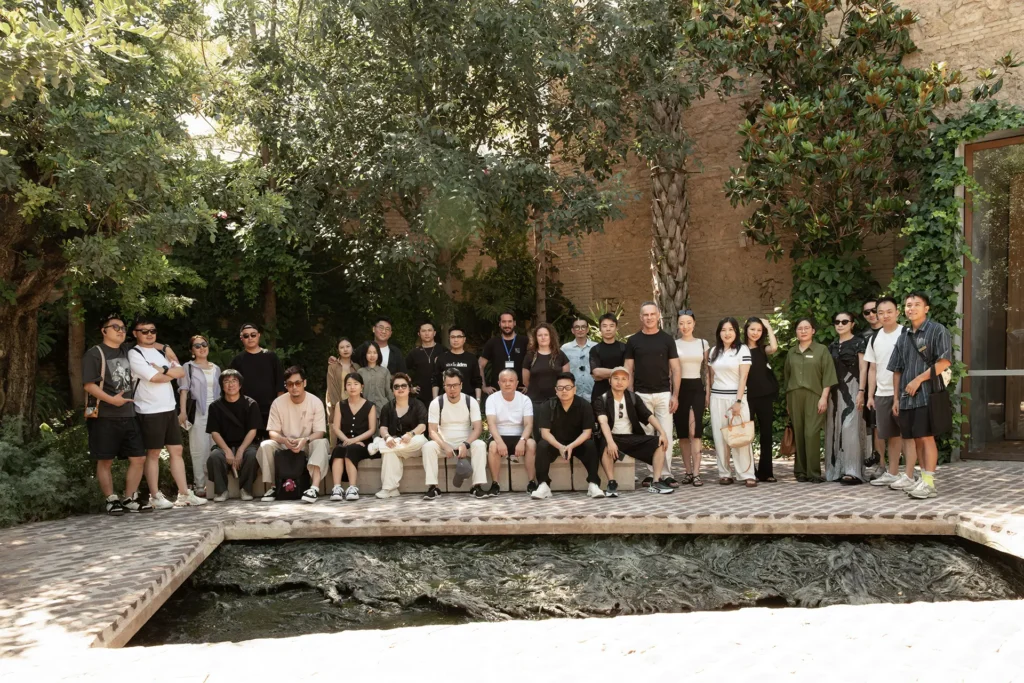
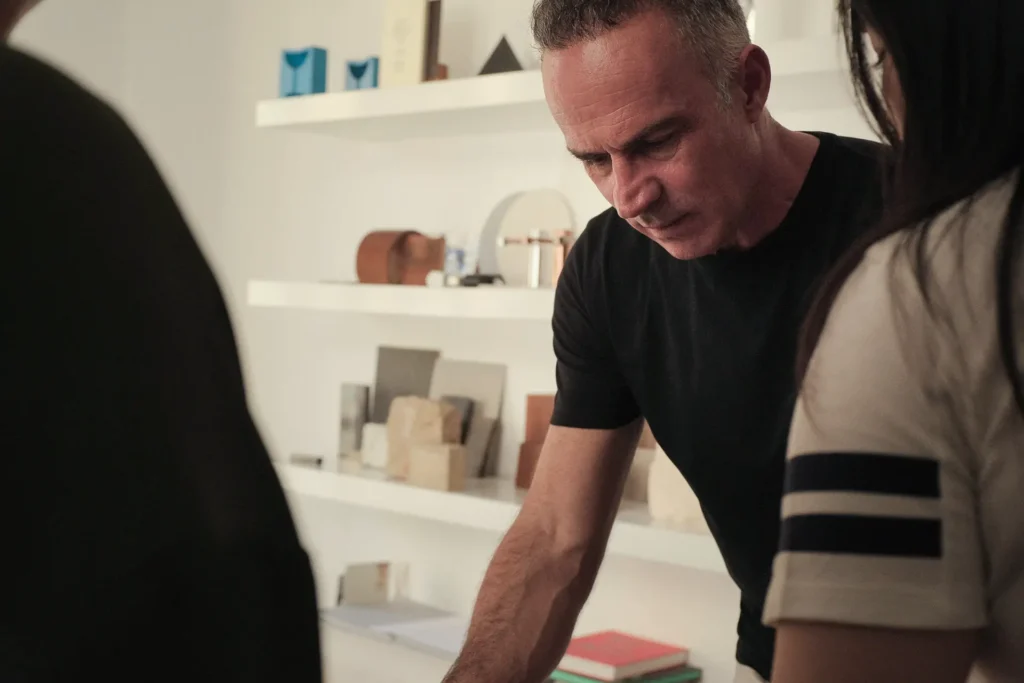
After visiting the Casa-Estudio, the group proceeded to Bouet Restaurant, where they enjoyed the local gastronomy in a relaxed atmosphere conducive to the exchange of ideas. Subsequently, they had the opportunity to see one of our latest, yet unpublished projects, in which the construction was at its final stage. This visit enabled the sharing of details regarding the creative process and the challenges of execution, fostering an engaging dialogue with the attendees.
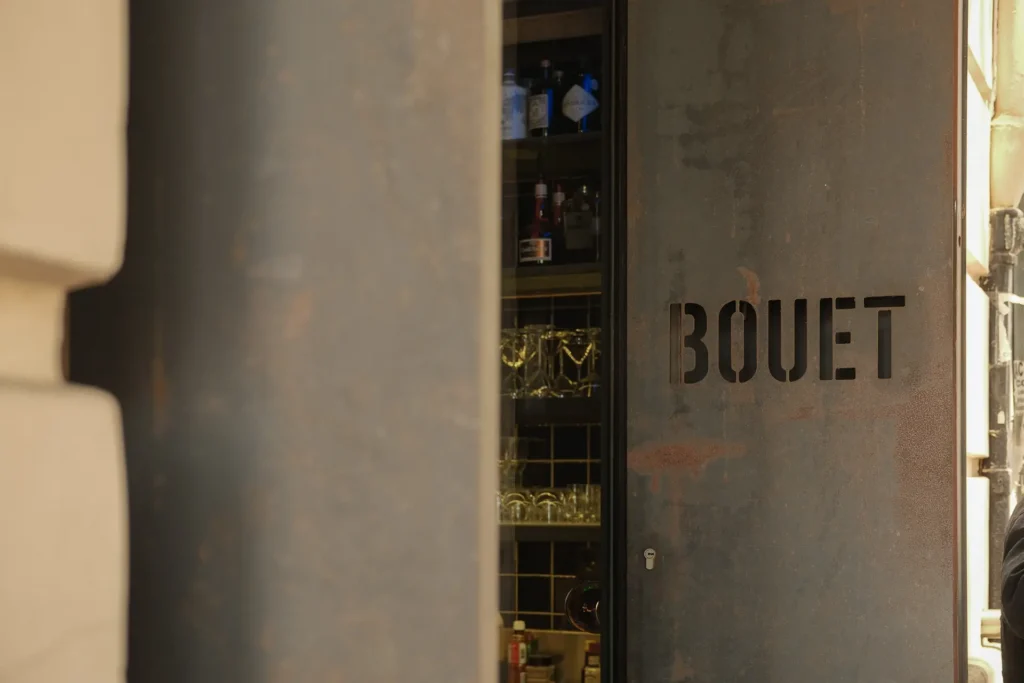
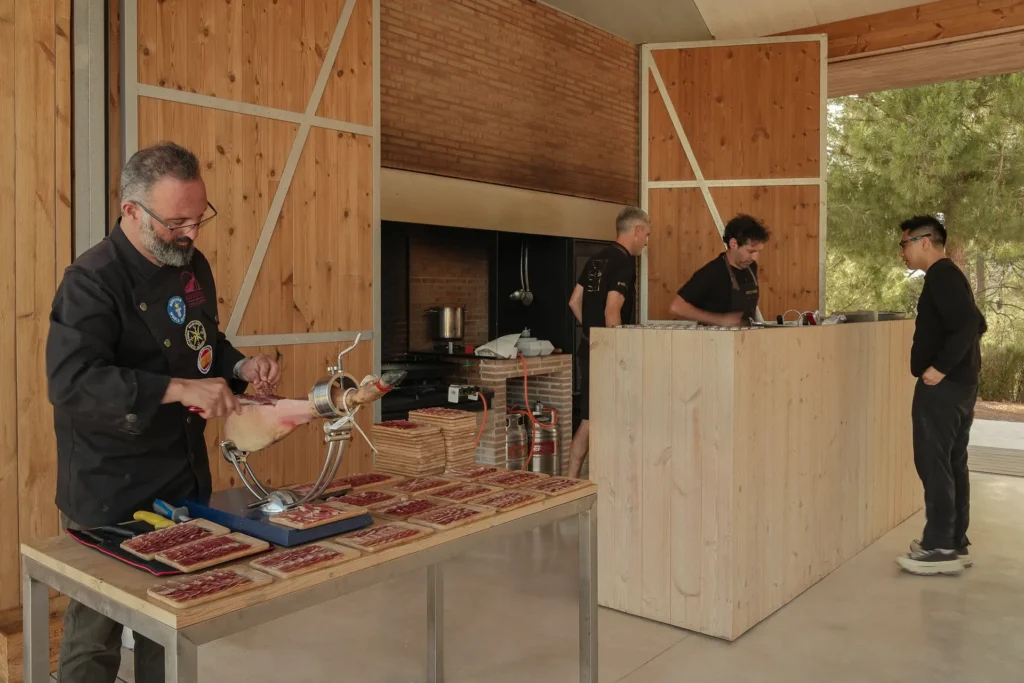
The day concluded at the Cottage in the Vineyard, a dwelling immersed in a natural setting where the relationship between architecture and landscape reaches its fullest expression. This project was particularly appreciated by the visitors, who highlighted the way in which the building's materials and proportions integrate with the surroundings, creating an atmosphere of seclusion and connection with nature. Ramón Esteve shared with the group some key insights into the conception of the refuge, stressing the importance of listening to the site and allowing architecture to engage in dialogue with the landscape.

Throughout the day, Yinjitour participants shared impressions and reflections with members of the studio in a relaxed and open atmosphere that allowed for discussions on topics such as sustainability, the challenges of the international market, and the importance of local identity in contemporary architecture. For Ramón Esteve Estudio, the visit represented a unique opportunity to showcase their work and forge connections with professionals from the other side of the world, reinforcing their position as a benchmark in global architecture and highlighting design's capacity to build cultural bridges.
